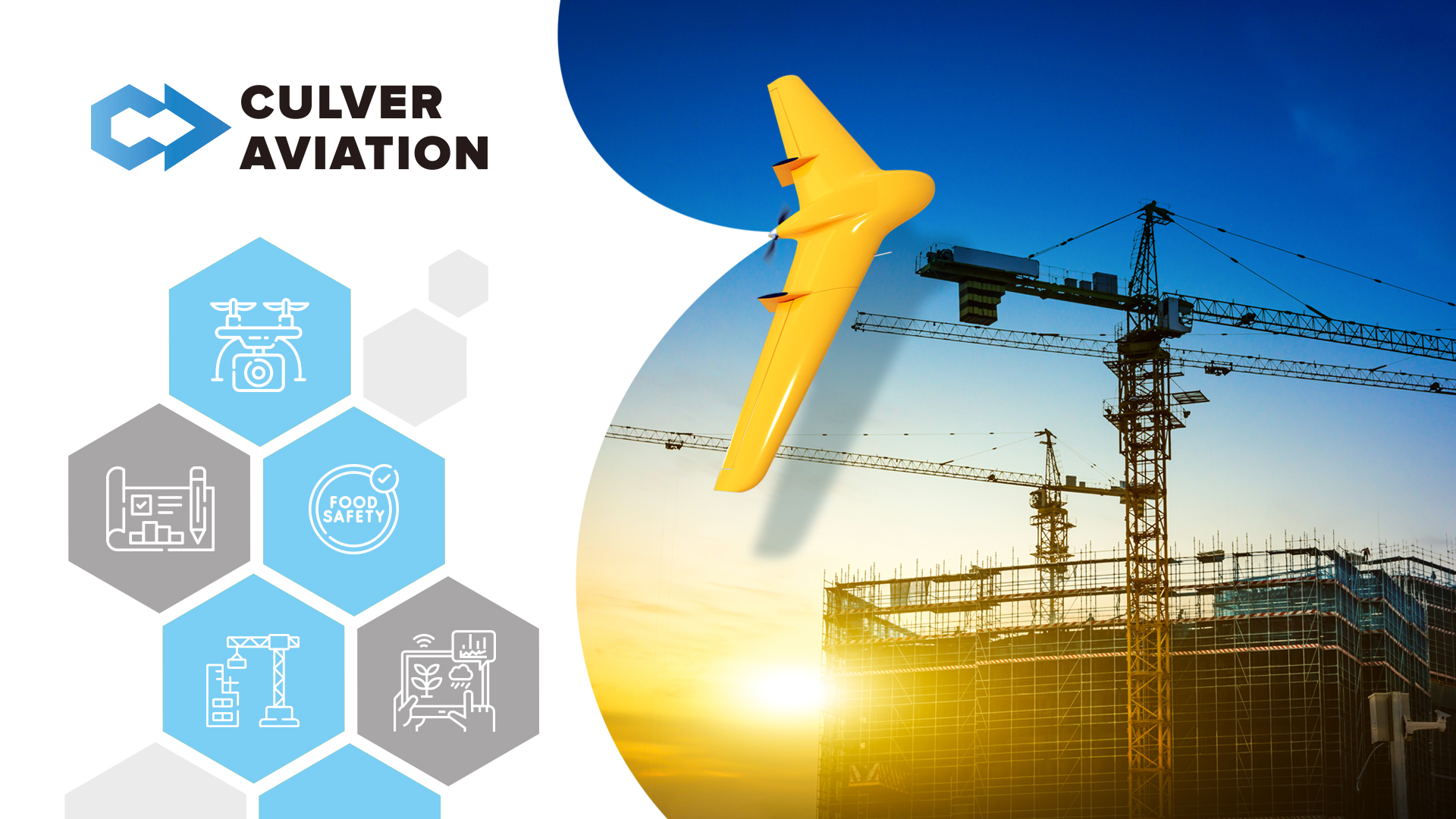Ukraine's infrastructure is suffering massive destruction every day as a result of russia's aggression against the Ukrainian people. As a result of hostile attacks on power grids, production facilities, damage to arable land, and a shrinking labor supply, especially as refugees flee abroad, restoring pre-war levels of economic activity is unfortunately beyond the short term.
According to the KSE Institute, as of February 2023, the total amount of damage to Ukraine's infrastructure since the beginning of the full-scale invasion is $143.8 billion. This figure is growing daily as the russian war of aggression continues to cause massive destruction of infrastructure (including water supply, sewage, mobile communications and power grids), industry, education and healthcare facilities, damage to housing stock and further endanger Ukrainian citizens.
According to a recent economic forecast by the World Bank, Ukraine's post-war recovery will cost €500-600 billion (for comparison, Ukraine's GDP in 2021 was about $200 billion). The Government of Ukraine, with the support of international organizations such as the World Bank, the European Union, the European Bank for Reconstruction and Development (EBRD), and partner countries, is developing measures to help the country overcome the crisis and ensure its further post-war recovery.
Innovations and modern digital technologies, including the use of unmanned aerial vehicles, play an important role in this process. In the near future, UAVs will become one of the most important tools for restoring the territories to their pre-war condition and further development and improvement at the expense of international financial organizations and donors.
Here's how UAVs can be used in the post-war recovery and reconstruction of the country.
Aerial photography of destruction and digitization of collected data
According to the data published in the KSE Institute's annual report as part of the "russia will pay" project (damaged.in.ua), as of February 2023, the number of destroyed and damaged objects is 8.2% of the total housing stock of Ukraine and amounts to more than 153 thousand buildings. The approximate number of Ukrainian citizens who have lost their homes and property as a result of russian aggression is 4.5 million.
In addition, according to preliminary data, the enemy destroyed 630 administrative buildings, at least 1216 medical institutions, destroyed more than 900 educational institutions, and damaged almost 2200 more.
Assessing the extent of the destruction and documenting the crimes of the occupiers is a prerequisite for creating an evidence base and establishing the amount of compensation from the aggressor, which is thousands of hectares. The use of UAVs allows for the rapid collection of digital data on destruction in all affected regions of Ukraine. For example, the "Skif" UAV developed and manufactured by Culver Aviation can survey up to 1,500 hectares per day, and a 61-megapixel camera allows you to take images with a resolution of up to 1 cm per pixel, which clearly shows the infrastructure and housing destroyed and damaged by the occupiers.
